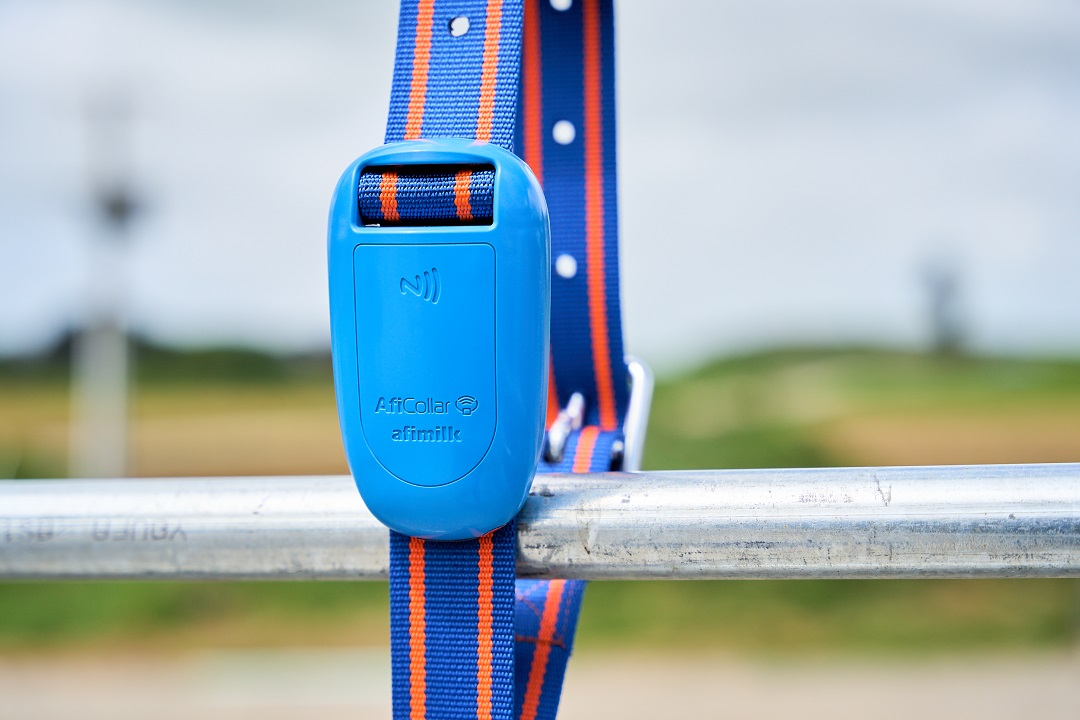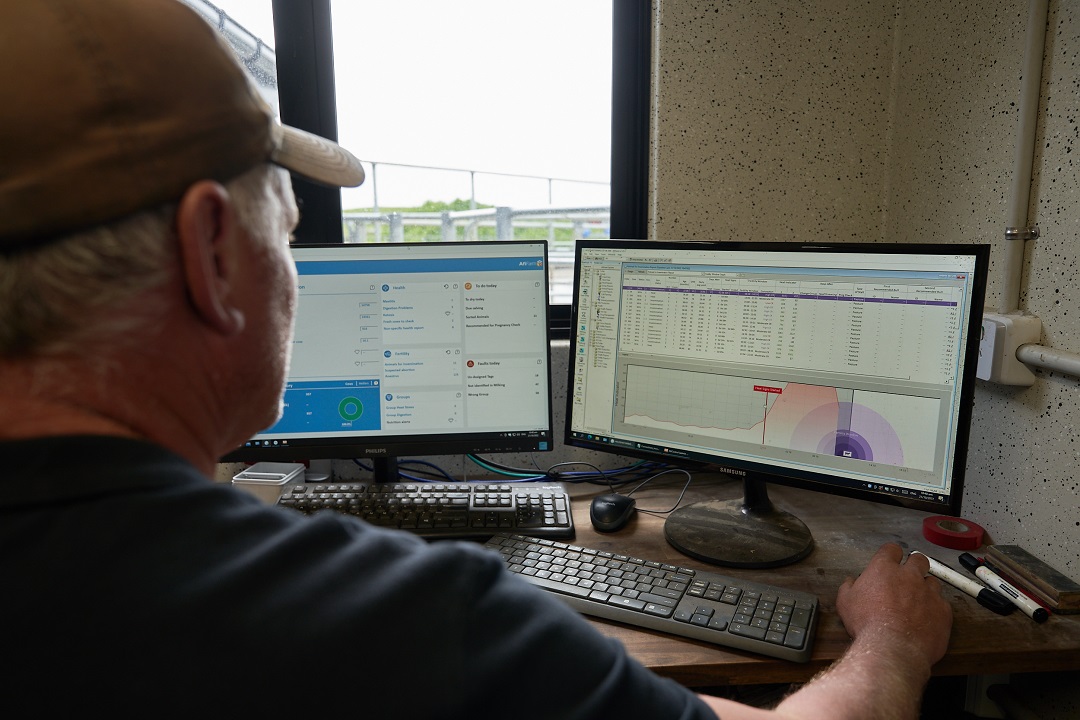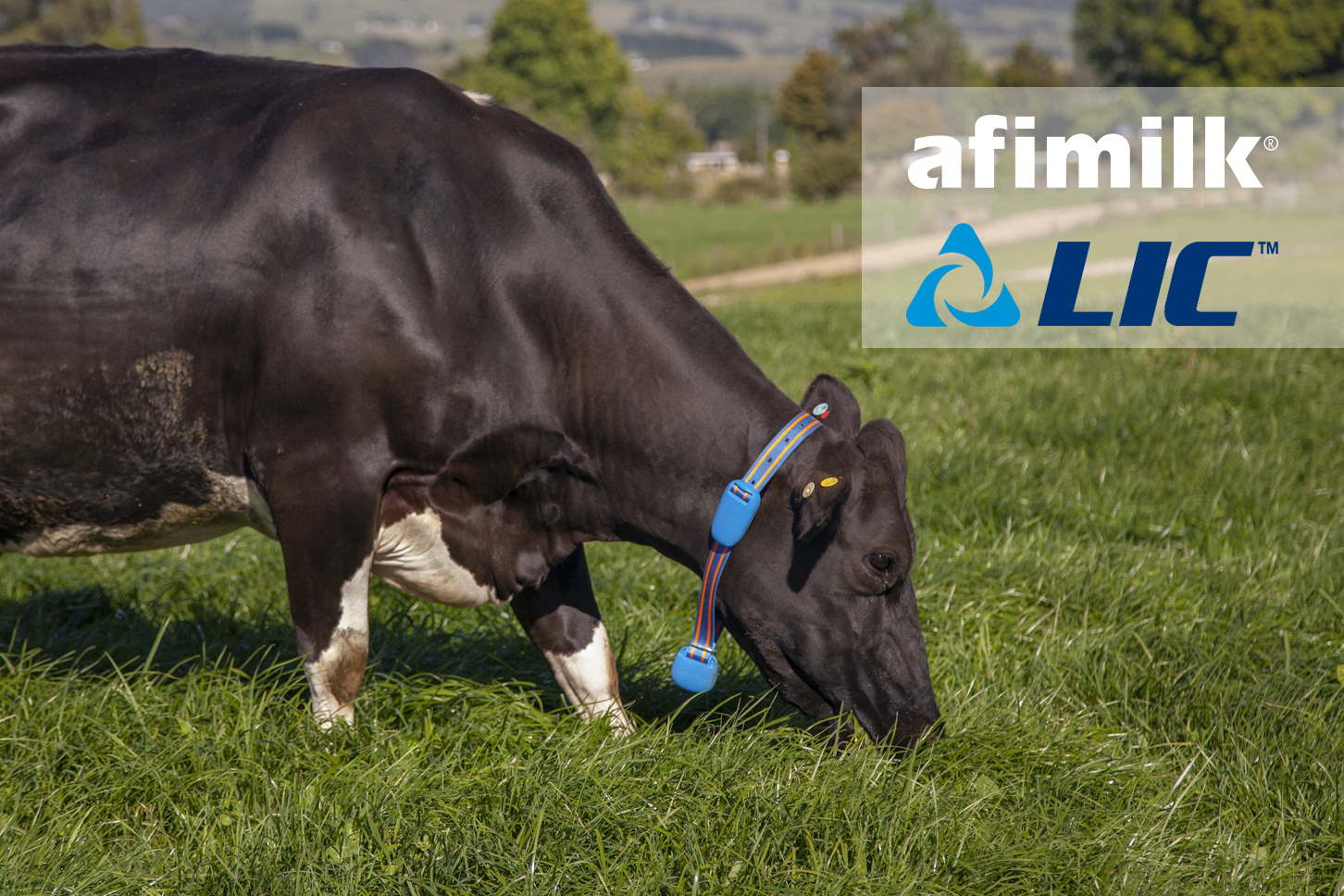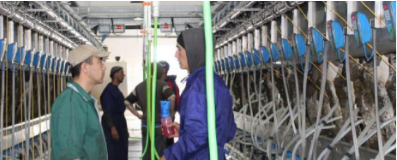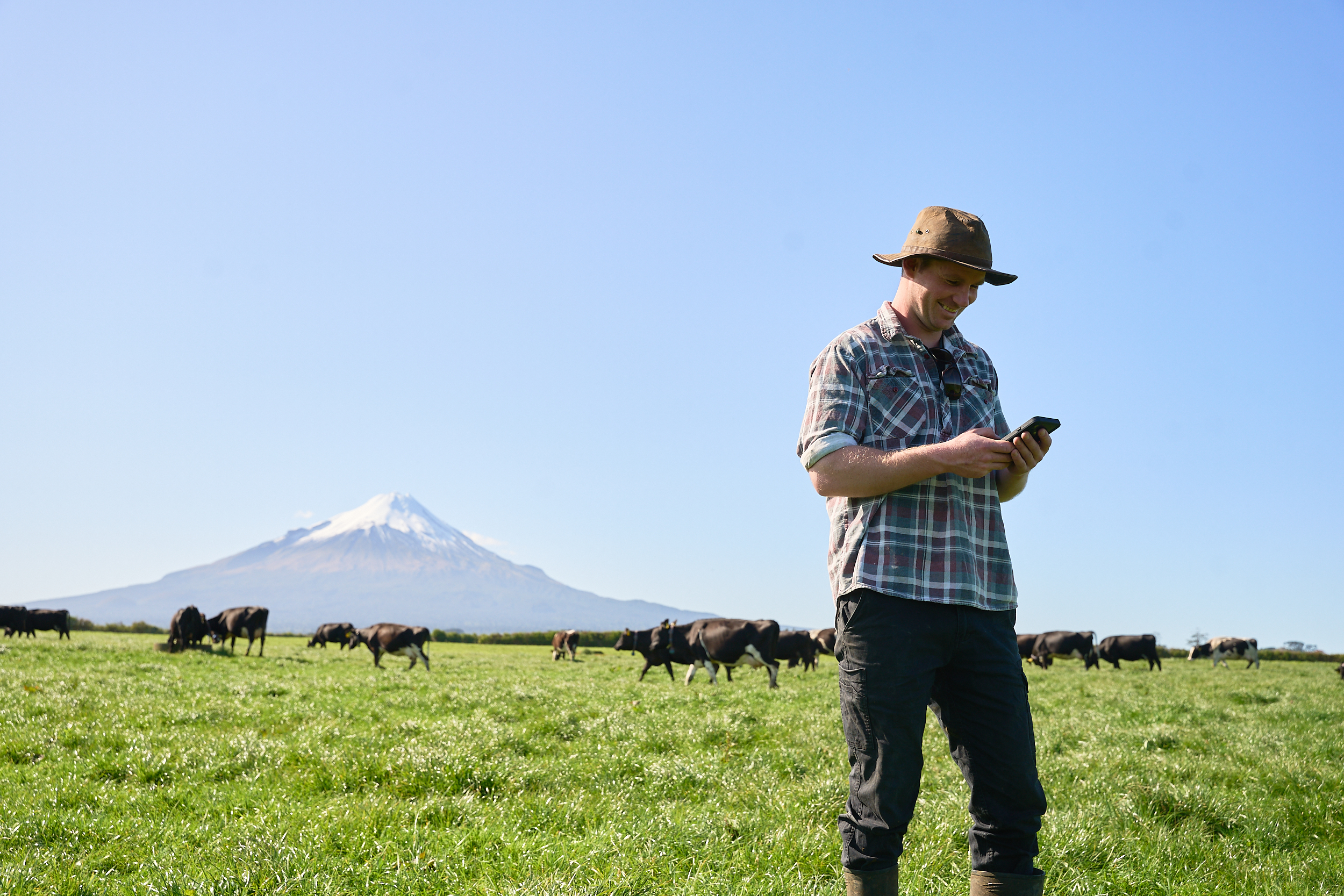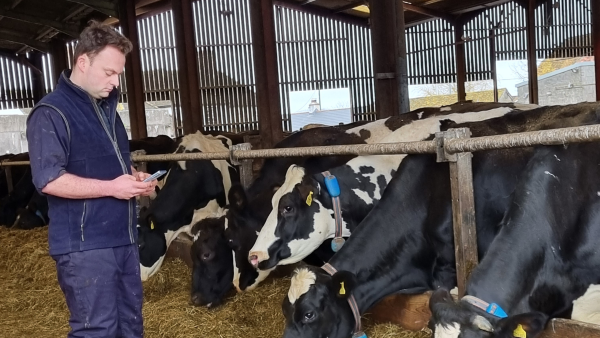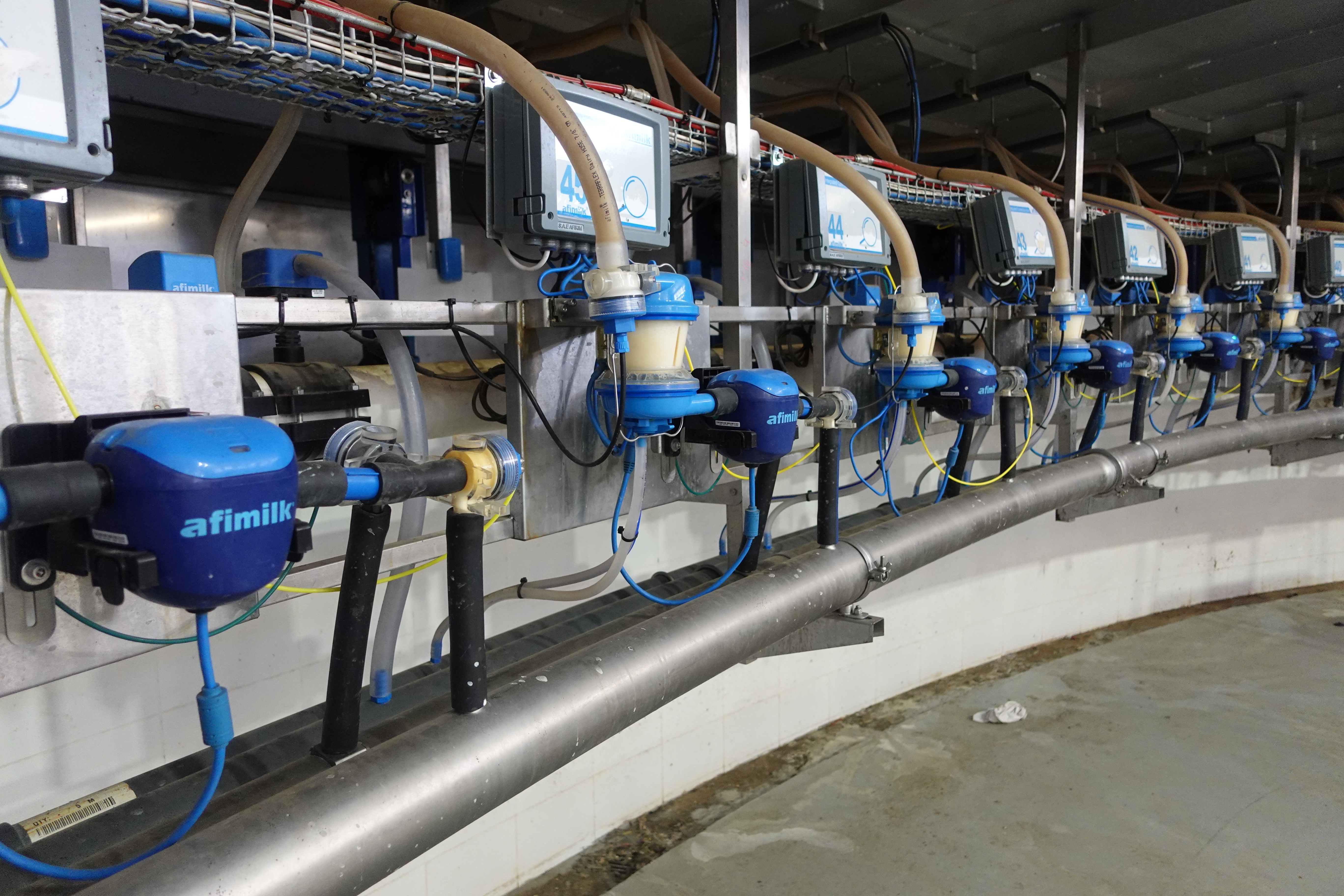Augusto M.L. Madureira, PhD University of Guelph, Ridgetown Campus
Increasing dairy herd size, shortage of available workers and rising labor costs has made it increasingly difficult for producers to provide specific attention to each individual animal. Due to these changes in the dynamics of herds size and production per animal, as well as the growing concerns surrounding animal welfare, the dairy industry has become one of the leading adopters of precision technology.
Precision dairy farming includes the use of wearable technologies that provide data on physiological, behavioral, and production-based measures that may allow for improvements in management, farm profitability and animal welfare. There are a variety of sensors to monitor individual animals and their status relative to their herd mates, which can be used for better dairy farm management. Sensors available to dairy producers are predominantly pedometers and accelerometers that have the potential to measure:
• calving behavior
• health monitoring
• estrus detection
• lying behavior
• resting time
• feeding behavior
• rumination
For example, many available technologies assess rumination time through analysis of the chewing sounds or motion patters specific to ruminating behavior.
Support to make more informed daily decisions
Sensors are not a replacement for effective management systems, rather, these monitors can add information to current visual observation methods and may help identify problems. This increased access to data is allowing dairy farmers to make smarter and more informed daily decisions.
For example, activity monitors, such as rumination collars, can detect different levels of rumination throughout the day. As sensors are continuously monitoring the cows, it is possible to detect abnormal changes in rumination, which is often linked to illness in dairy cattle (e.g., displaced abomasum and ketosis).
Cows are most susceptible to disease during the postpartum period. By monitoring their behavior (e.g., rumination, activity, resting time, etc.), diseases that affect production and reproductive performance can be detected. For example, cows with low rumination activity, lower activity levels and lower resting time are more likely to develop diseases, which could consequently cause lower milk production and fertility, and greater input cost.
Postpartum cows that have diseases such as subclinical hypocalcemia, ketosis, retained placenta and uterine diseases (e.g., metritis and endometritis) all have been shown to have reduced rumination time. Lactating cows spend an average of 8 hours a day ruminating, in 4 to 24 periods, each lasting 10 to 60 minutes. Metritis, a uterine infection that effects dairy cows during the postpartum period, is one of the most frequent disorders in dairy cows and a major cause of economic losses to the industry. Studies have shown that sensors can be very effective for identifying cows with severe metritis as these cows have decreased levels of activity, reduced rumination and decrease resting time.
While sensors have the ability to monitor individual cows, it’s the evaluation of the data provided by the sensors that may aid in understanding herd health, comfort, and welfare at the group or herd level.
Studies have shown a variation in rumination time associated with time of feeding the cows (e.g., delay on feeding) and from minor changes to the total mixed ration (e.g., time mixing in the wagon or novel ingredients being added to the diet). Rumination time is very useful for changes in production performance, well-being, health status and disease before the appearance of clinical signs. Sensors that combine activity, rumination, lying time and other behavioral parameters could be a useful tool for identifying cows with metabolic and digestive disorders.
Role of Technology in Animal Welfare
Dairy consumers have become progressively concerned with food safety and quality as well as animal health and welfare. Consumers want to know where the product they are consuming comes from and how it’s produced. The adoption of precision dairy monitoring can improve or maintain animal welfare on dairy herds and may help improve public perception. The increase in adoption of technologies is suggested to demonstrate that producers, and the dairy industry, are willing to develop strategies that help improve animal well-being. Because sensors can monitor individual animals, they have the potential to reduce the impact of livestock on the environment from an increase in animal efficiency, further improving public perception towards the dairy industry.
Technology also has the potential for labor savings from potentially requiring fewer employees and it could increase the quality of life of a dairy farmer, due to improved efficiency and management. With the diverse technology available on the market and the enormous amount of information that these sensors can generate, producers are able to make decisions almost on a real-time basis. That said, sensor data will only be valuable if transformed into information that is useful for decision making. Monitoring individual or herd behavior is a fundamental tool to manage dairy farms. With technology, it’s possible to ensure ideal individual and herd health for a more productive and profitable herd.
- Augusto Madureira, PhD currently serves as the coordinator for the Dairy Herdsperson Apprenticeship program at the University of Guelph, Ridgetown campus. He holds a master’s degree from São Paulo State University and a Ph.D. from the University of British Columbia, both in applied animal science with a focus on dairy cattle. His research has focused on precision technology, data management and analysis, reproductive management and health in dairy cattle.
